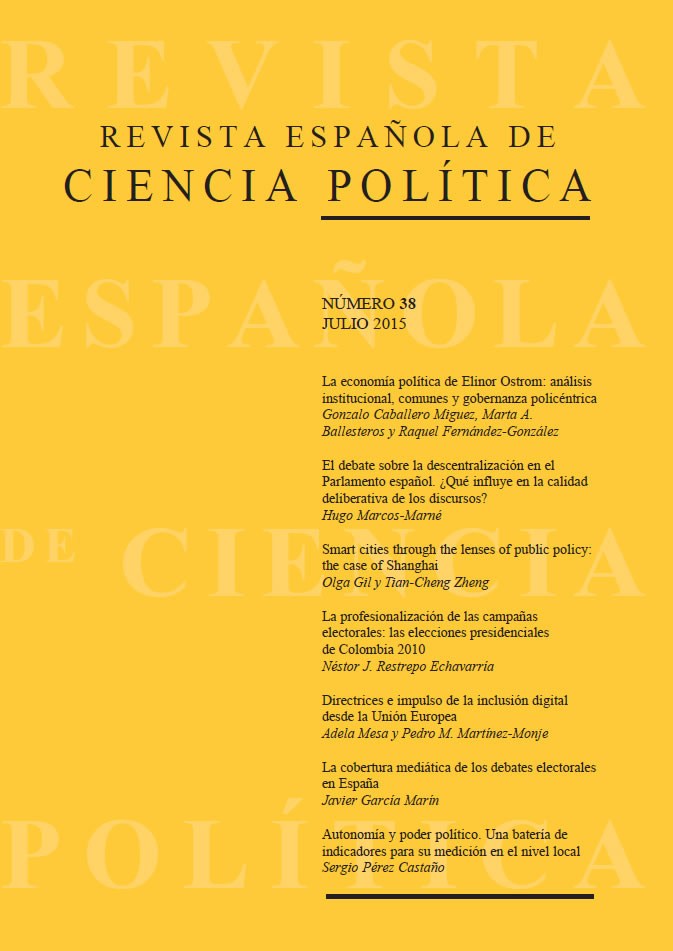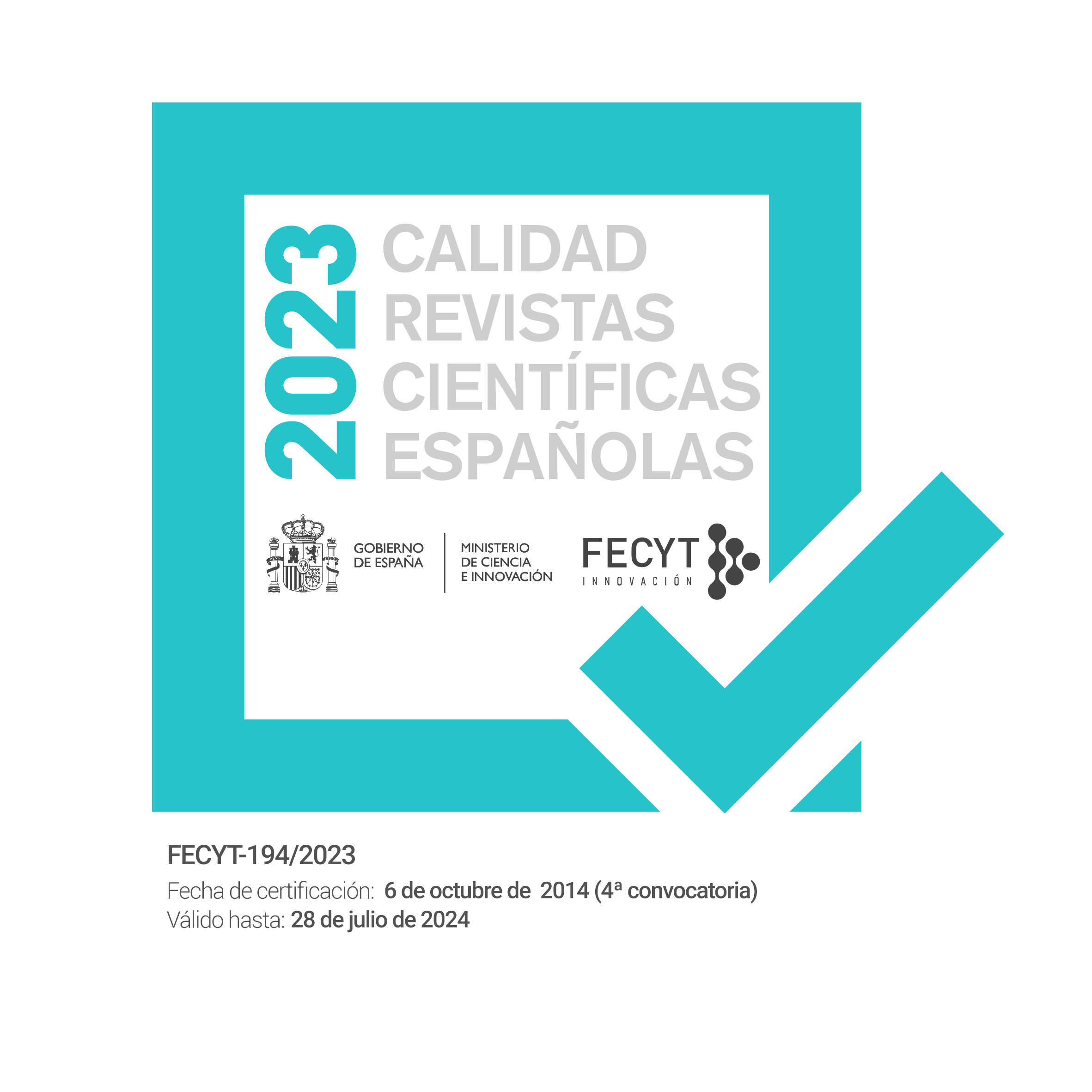Ciudades inteligentes analizadas desde la perspectiva de las políticas públicas: el caso de Shanghai
Palabras clave:
políticas públicas, ciudades inteligentes, Shanghai, tecnología, medio ambiente Internet of Things, grid, utilities, energíaResumen
Este artículo explora la utilidad del modelo desarrollado por Chourabi et al. (2012) para explicar la realidad urbana de Shanghai en China. Se examinan las ocho variables incluidas en el modelo, para el caso de la ciudad de Shanghai: 1) gobernanza y planificación urbana, 2) gestión y organización, 3) tecnología, 4) contexto político, 5) personas y comunidades, 6) economía, 7) infraestructura construida y 8) medio ambiente. Los resultados destacan que para Shanghai, el plan de ciudad inteligente es heredero de un proceso de transformación que tiene lugar desde comienzos de la década de 1990 en cuatro áreas de políticas públicas: gobernanza, tecnología, infraestructura construida y economía. El plan de Shanghai ciudad inteligente es peculiar para la variable gestión y organización y muestra capacidad para desarrollar un contexto político favorable respecto al gobierno central. Sin embargo, se encuentran limitaciones en la capacidad de cambio que inducen las variables personas y comunidades y medio ambiente. El modelo contribuye a ampliar la aplicación de la teoría y el análisis urbano comparado más allá de casos en Europa occidental y Norteamérica, al contexto de Asia, permitiendo ampliar la comparación entre ciudades. Se concluye avanzado que los resultados alcanzados pueden ser punto de partida para completar nuevos programas de investigación.Descargas
Los datos de descargas todavía no están disponibles.
Descargas
Cómo citar
Gil, O., & Tian-Cheng, Z. (2015). Ciudades inteligentes analizadas desde la perspectiva de las políticas públicas: el caso de Shanghai. Revista Española De Ciencia Política, (38), 63–84. Recuperado a partir de https://recyt.fecyt.es/index.php/recp/article/view/37663
Número
Sección
Artículos
Licencia
Derechos de autor 2015 Olga Gil, Zheng Tian-Cheng

Esta obra está bajo una licencia internacional Creative Commons Atribución-NoComercial-SinDerivadas 4.0.






